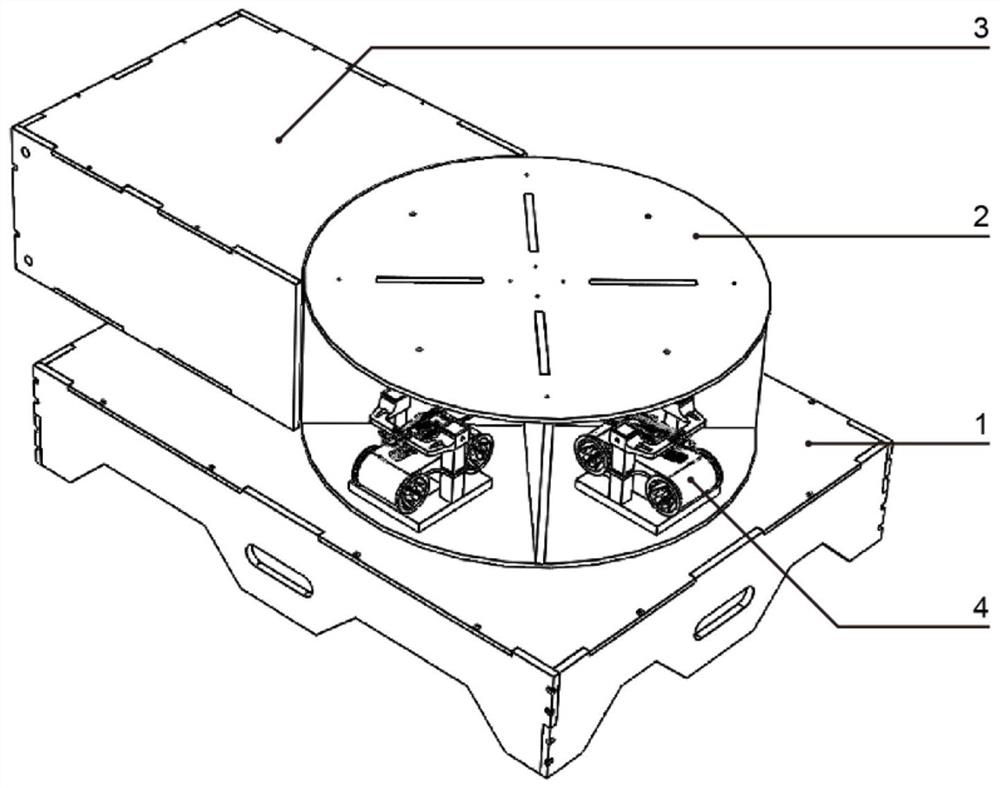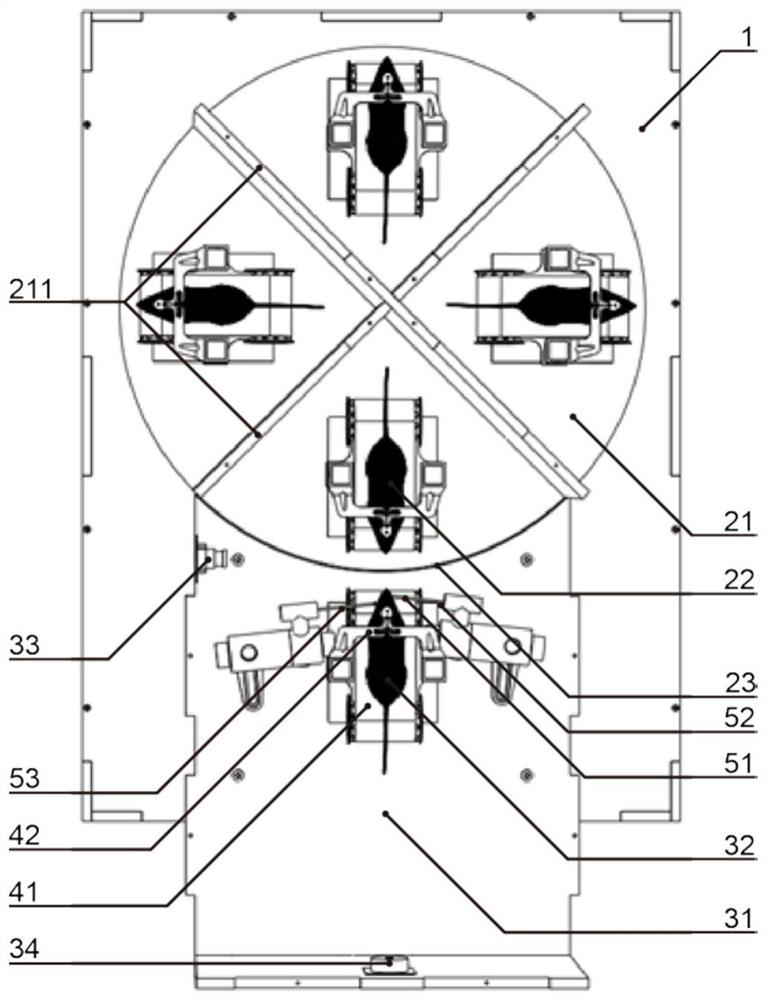Social identification and evaluation system based on social conditioned reflex and application of social identification and evaluation system
A technology for evaluating systems and social objects, applied in the field of social recognition evaluation systems, which can solve problems such as stimulation and inability to detect specific identity information of social objects
- Summary
- Abstract
- Description
- Claims
- Application Information
AI Technical Summary
Problems solved by technology
Method used
Image
Examples
Embodiment 1
[0040] Embodiment 1 Social Recognition Evaluation System Based on Social Conditioning
[0041] The invention provides a social recognition evaluation system based on social conditioning for test animals. The test animals can be rats or mice. The social recognition evaluation system is used to evaluate and detect the social response of the test animal to the social object animal, such as its reaction behavior, and to train the test animal based on social conditioning.
[0042] figure 1 It is a three-dimensional schematic diagram of an exemplary social recognition evaluation system based on social conditioning of the present invention. figure 2 is a schematic side view cross-sectional view of an exemplary social recognition evaluation system based on social conditioning of the present invention. image 3 is a schematic top view of another exemplary social recognition evaluation system based on social conditioning of the present invention.
[0043] like figure 1 , figure ...
Embodiment 2
[0059] Example 2 Social Recognition Response Behavior Detection and Training
[0060] The social recognition evaluation system based on social conditioning described in Example 1 was used to detect and train the social recognition response behavior of the mice.
[0061] The test mice were fixed on the fixtures in the fixed cabin, and multiple social object mice were respectively placed on the fixtures in each cabin of the rotating cabin. The head fixing part is connected with the fixing sheet installed on the head of the mouse to fix the head of the mouse. Make the head of the subject mouse face the head of the social object mouse. The distance between the nose of the test mouse and the edge of the open end of the fixed cabin, and the distance between the nose of the social object mouse and the edge of the rotating cabin is about 25 mm.
[0062] Set the position of the rotating cabin where different social objects are located in the host computer, and the valence of the coup...
PUM
 Login to View More
Login to View More Abstract
Description
Claims
Application Information
 Login to View More
Login to View More - R&D
- Intellectual Property
- Life Sciences
- Materials
- Tech Scout
- Unparalleled Data Quality
- Higher Quality Content
- 60% Fewer Hallucinations
Browse by: Latest US Patents, China's latest patents, Technical Efficacy Thesaurus, Application Domain, Technology Topic, Popular Technical Reports.
© 2025 PatSnap. All rights reserved.Legal|Privacy policy|Modern Slavery Act Transparency Statement|Sitemap|About US| Contact US: help@patsnap.com



